Archaeologists have unearthed a remarkable find in Italy’s Dossone della Melia forest. A stone wall was believed to be part of the battle in which Spartacus made his final stand against Rome. Spanning over 1.7 miles, this wall was part of a larger Roman defense that was used to shield against the legendary gladiator’s rebellion.
Paolo Visonà from the University of Kentucky led the discovery, which offers new insights into one of history’s most famous slave revolts. The wall’s location and the artifacts found nearby, which include iron sword handles and javelin spear points, highlight the intense and violent nature of the epic battle between Spartacus’s forces and the Roman army.
Who Was Spartacus?
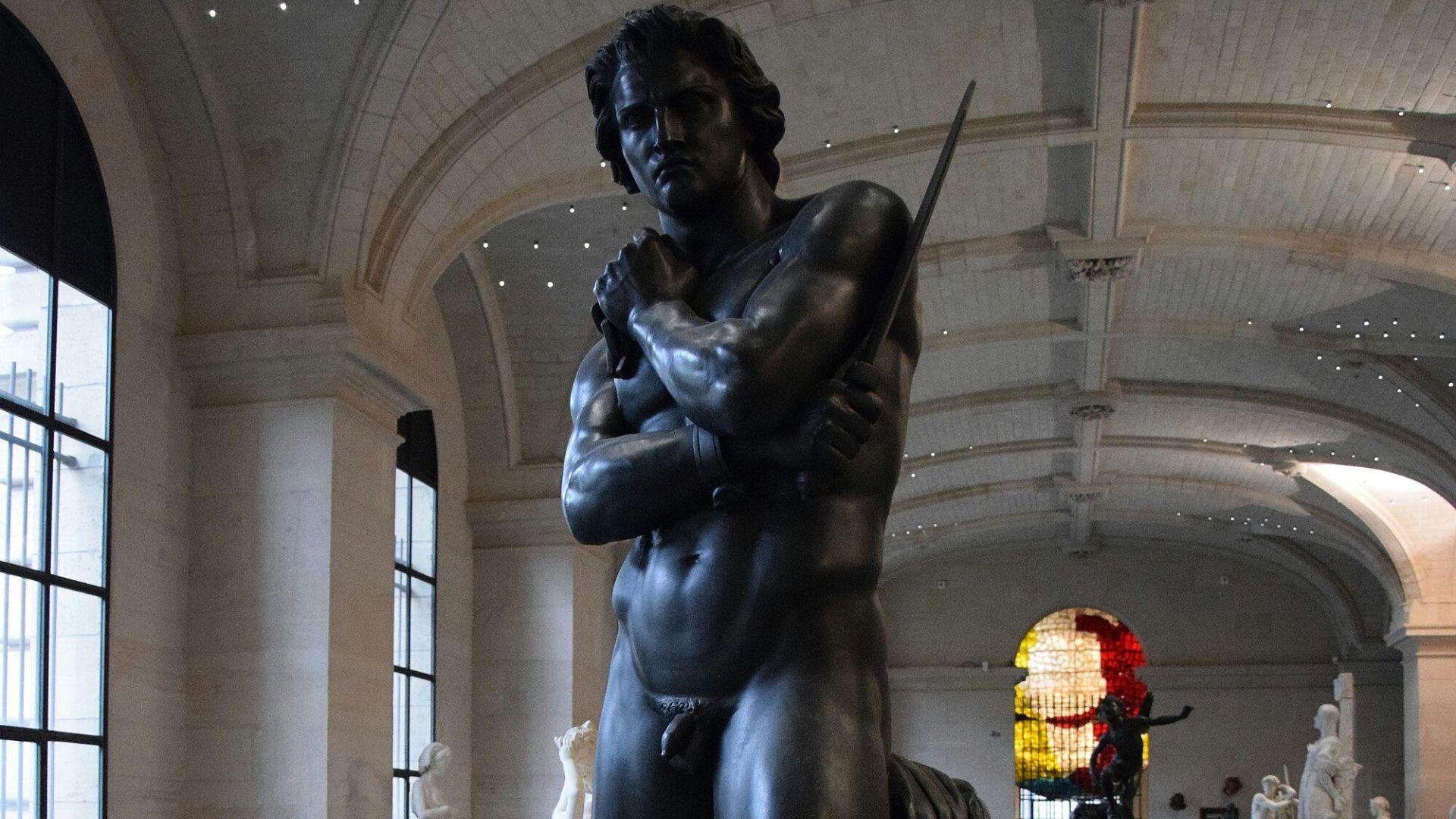
Spartacus was a Thracian gladiator who led a major slave uprising against the Roman Republic from 73 to 71 B.C.E. Known for his Intelligence on the battlefield and his fierce leadership, Spartacus’s revolt challenged Rome’s power and became a symbol of resistance against oppression. He is long remembered as a fierce warrior even to this day.
Despite his ultimate defeat, Spartacus’s rebellion remains a powerful story of resistance and courage. His fight against Rome’s dominance is remembered in books, movies, and other media. Long after he’s gone and the battle has faded his story is still continuing to inspire discussions about freedom and justice.
Techniques Used in the Discovery

To uncover this ancient site, archaeologists employed ground-penetrating radar, lidar, and magnetometry. These techniques allowed them to map the site and detect hidden structures without disturbing any of the ground or any hidden artifacts underneath.
These modern tools are crucial for discovering and preserving historical sites. They help researchers identify important features and artifacts, enhancing our understanding of ancient events while protecting the integrity of the site.
The Final Confrontation
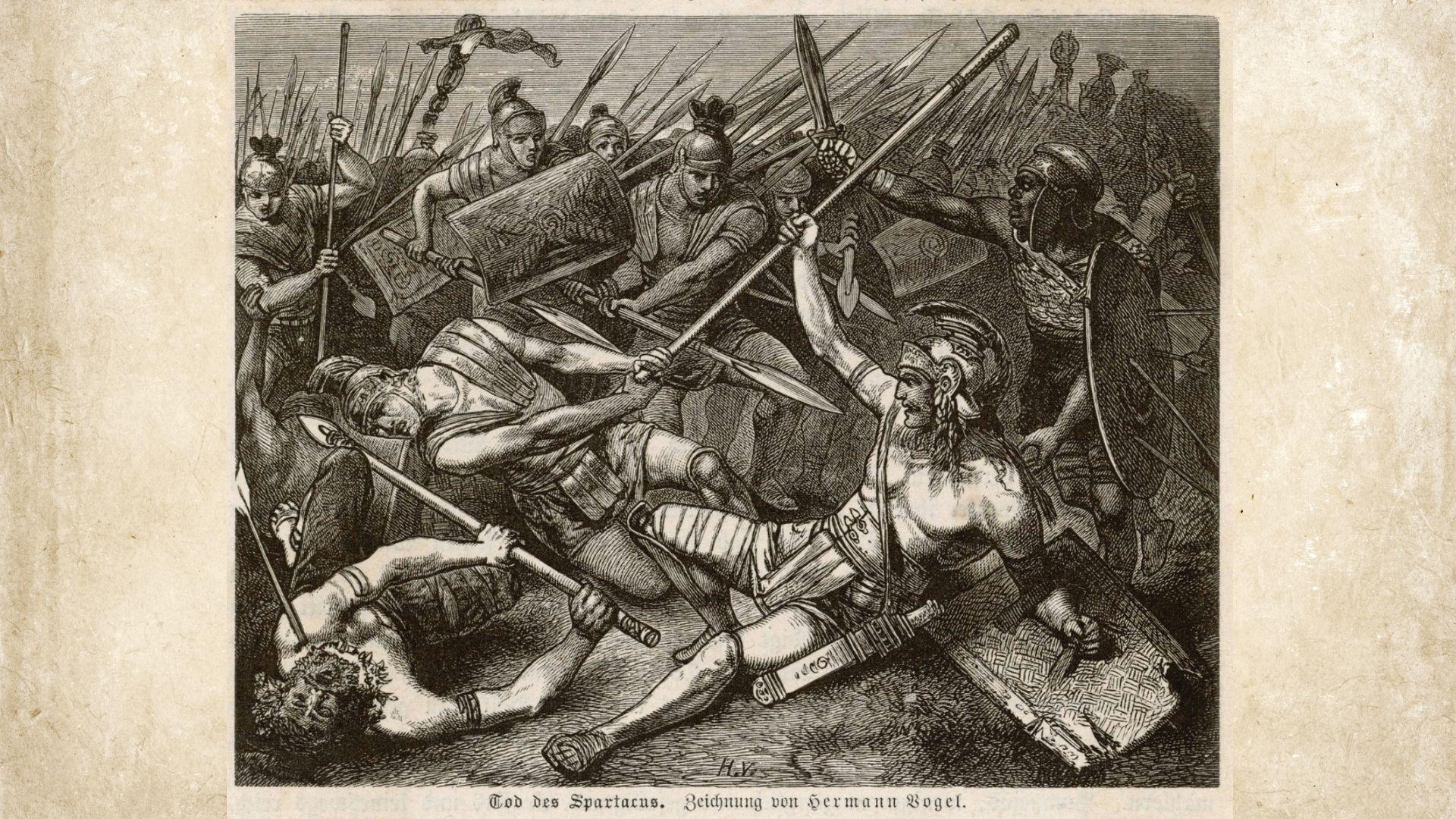
The battle where Spartacus was defeated took place in 71 B.C.E., marking the end of his revolt. Crassus, the Roman general, successfully crushed the rebellion, leading to the crucifixion of thousands of rebels as a warning against future uprisings.
Historical accounts by Greek Philosopher Plutarch and other writers provide details about the battle and its aftermath. These sources help us understand the scale of the conflict and the harsh measures taken by Rome to suppress the rebellion.
Community Involvement

Local environmentalists played a key role in this discovery by alerting archaeologists to the presence of the stone wall. Their observations helped guide the excavation and contributed to unearthing this significant historical site.
This collaboration between local groups and researchers highlights the importance of community input in archaeological work. It demonstrates how local insights can lead to significant historical discoveries and preserve our shared heritage.
Defensive Architecture
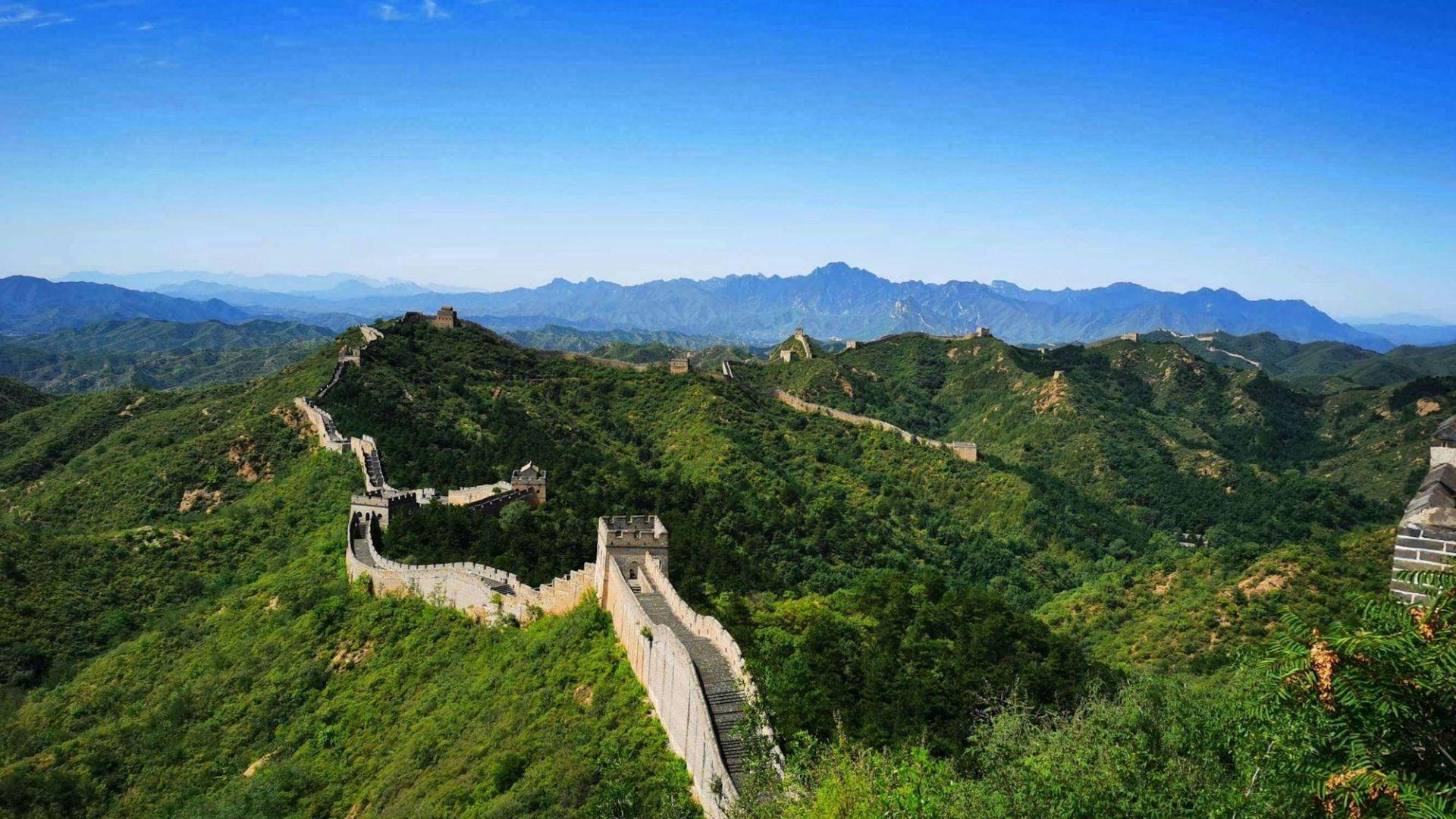
The discovered wall was part of a larger Roman defensive system designed to hold back Spartacus’s forces. Its length and construction reflect the strategic measures taken by the Romans to manage and contain the rebellion.
Examining the way the wall was built and the important artifacts around it offers insights into ancient Roman military strategies. It helps us understand how the Romans organized their defenses and responded to threats during this period.
A Key Battlefield
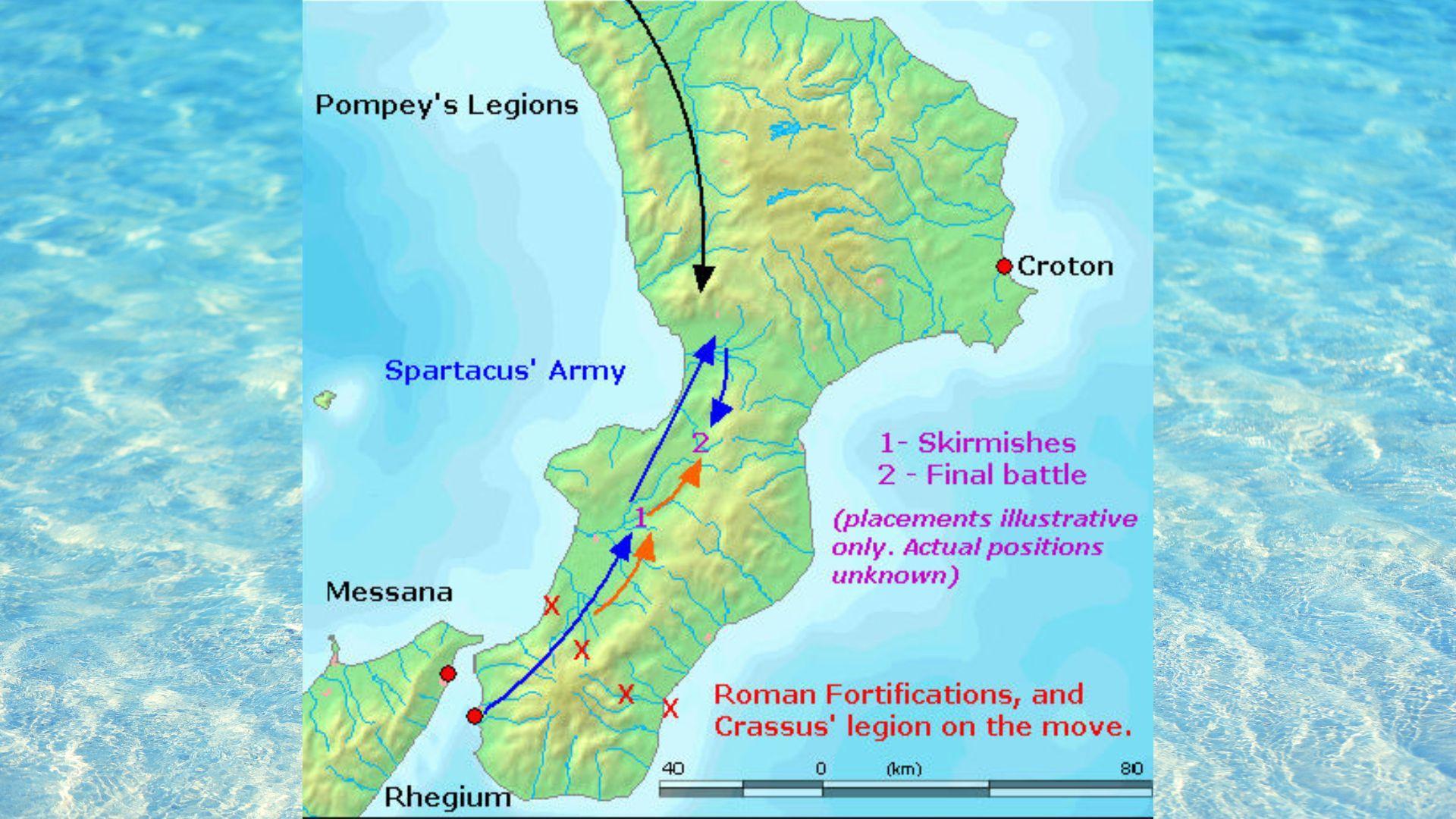
The stone wall provides a physical connection to one of the most pivotal moments in ancient history. By remaining one of the important physical reminders of Spartacus’s last battle. It enhances our understanding of the conflict and its impact on both Roman and slave societies.
This discovery enriches our knowledge of historical events and connects us more deeply to the past. It serves as a vivid reminder of the struggles and ictories of people like Spartacus.
Spartacus’s Legacy in Pop Culture
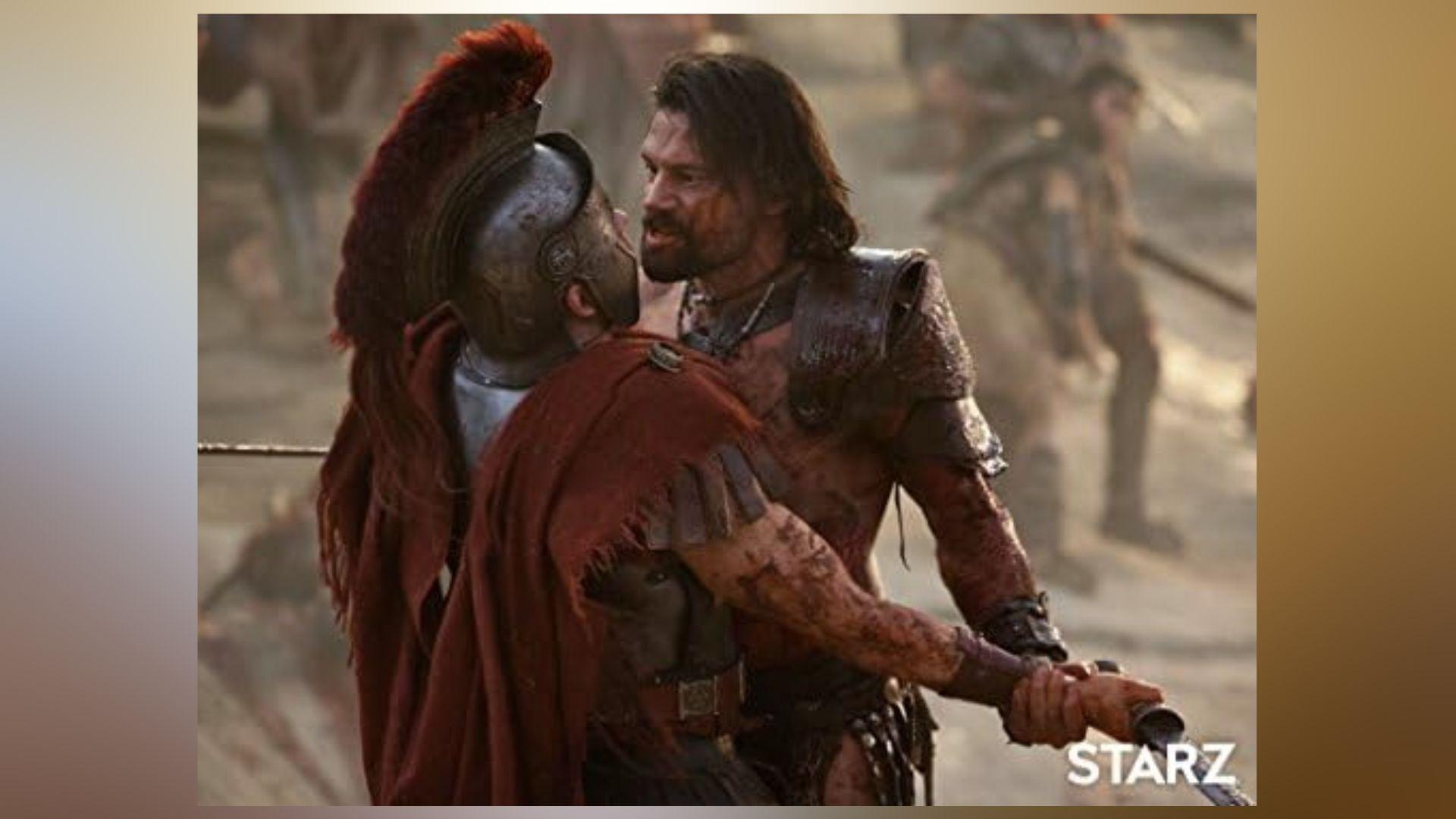
partacus’s story has been immortalized in films, TV shows, and literature. These portrayals keep his legacy alive and inspire discussions about resistance and freedom.
His life and the rebellion continue to resonate in modern culture, symbolizing the fight against tyranny and the battle for justice. The recent archaeological find lends authenticity to these stories and highlights their place in history.
Future Research and Preservation

The discovery of the wall opens up new opportunities for research. Archaeologists plan to continue exploring the site to hopefully uncover more details about the battle and those who fought in it.
Protecting this site is crucial for future research and education. Proper conservation methods will help maintain the wall and surrounding artifacts, ensuring that they remain accessible for study and public interest.
The Importance of Keeping History Safe
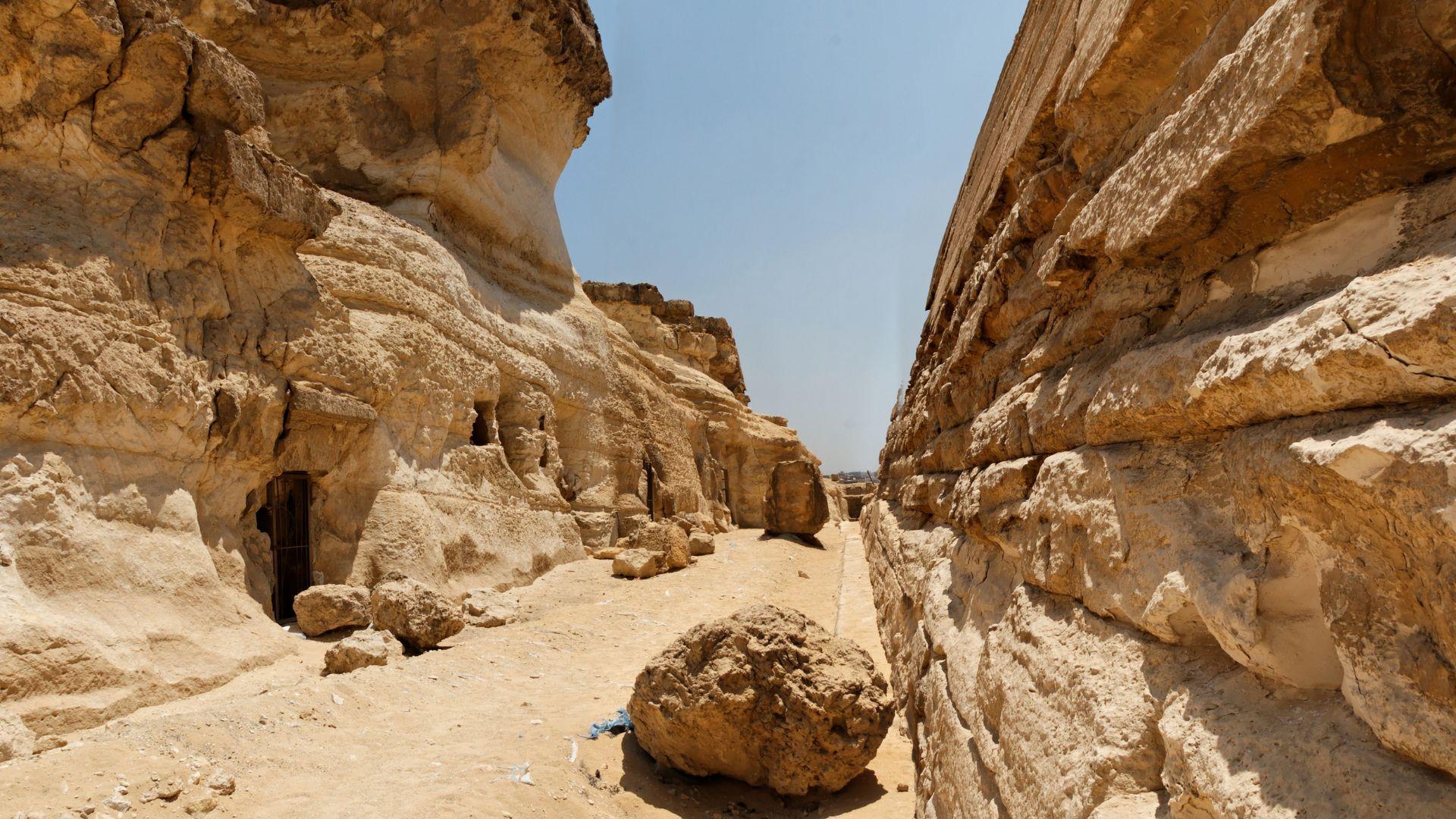
Preserving sites like Spartacus’s Last Stand helps us connect with our history. It allows us to understand the complexities of ancient civilizations and appreciate their legacies and impact.
By studying and protecting historical sites, we gain valuable insights into our past. This not only improves our understanding of history but also inspires us to value and preserve our cultural heritage.

